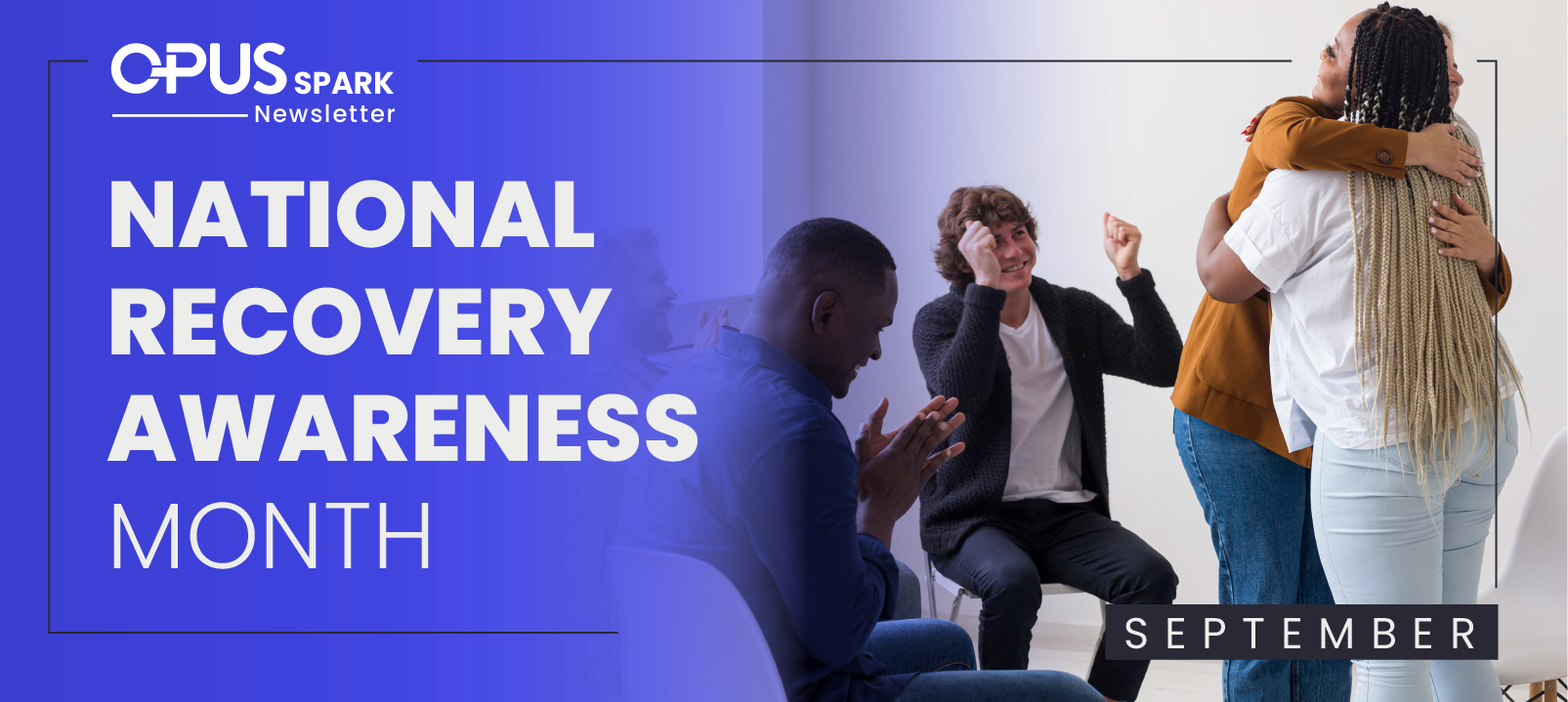5 Myths Of Anxiety
Anxious people can’t control their emotions
Anxiety is usually not acknowledged until it has become overwhelming, to the point of requiring immediate attention. At these times, it manifests with emergency services, racing heart rates, chest pain, and a feeling of being out of control—leading many to erroneously believe that anxious people struggle with controlling their emotions effectively.
Anxiety is a slow burn, despite its common emergency presentation. It builds up over time, creeps into the corners of the mind, and does a fantastic job of digging in its claws until you reach a point of no return. The reality for anxious people is that challenging emotions have been their bedfellows for years—the point at which these explode just happens to coincide with others catching their first glimpse of what has been simmering under the surface all along.
Anxiety sufferers are champions at burying their emotions and working overtime to ignore them so they can still function on a daily basis. Unfortunately, because of the stigma attached to worry and stress, most anxious individuals will not open up about these feelings until they have reached crisis mode. There is too much fear attached to the specific emotions themselves, it is too difficult to explain to others why these anxieties are so strong, and most of the world’s non-anxious people have a significantly different perspective that can preclude them from understanding what anxiety sufferers are experiencing. Anxious people are actually some of the best at controlling their emotions—they have more practice than nearly anyone else, as they fight giving in to panic multiple times a day.
Anxious people want to be alone
Many individuals with anxiety avoid social interactions and tend to stay within their familiar circles. This often shows up in canceling plans, not answering phone calls, and holding their cards close to their heart—all of which can lead others to assume they prefer to spend time alone.
Anxiety can be a relationship killer, simply because it consumes an individual’s time, attention, and energy. Think of it as a parasite that interferes with its host’s life in every facet: Anxious individuals are forced to focus their strength on surviving moment to moment, on “keeping it together” so no one catches on to the mess underneath, and this easily contributes to their avoidance of social interaction
Because they are often in survival mode, individuals struggling with anxiety do turn down opportunities to socialize—they know it will be too taxing and require too many reserves that are necessary to tamp down their all-consuming fears. For many anxiety sufferers, time with others is exhausting because they spend it walking a tightrope of keeping up appearances and showing interest while trying to manage the thoughts eating them alive at the same time. Familiar places can take away some of the pressure to perform, and most anxious people will gravitate towards the known as opposed to the unknown, simply because the unknown brings too many “what ifs” to minds that are already overcrowded with imagining the worst-case scenarios.
Anxious people like being worried
Individuals who are able to naturally stop stressful thoughts and redirect them have a difficult time understanding the perseveration that happens with anxious people. They often wonder why an anxious person would choose to continue thinking about provoking situations, or imagining the worse that could happen, when they are able to routinely avoid worrying. These polarizing perspectives can instigate mistaken beliefs that anxious people get something out of worrying and refuse to stop doing it because it is meeting a need.
Anxiety is a puppet master. It controls thought patterns, builds on past failures, and takes over imaginations. For someone who does not struggle with anxiety, these are alien ideas; for anxious individuals, they know all too well the constant fight that occurs to control worrisome thoughts. Anxiety sufferers, by and large, probably have one solid wish—to stop worrying. Worry is the thread that connects most anxiety symptoms and escalates over time, steering its victims toward an inevitable collision. Worry does not meet a need for anxious people—it consumes them and leaves behind ash and emptiness. Many individuals suffering from anxiety find they are unable to learn new information, impotent to enjoy the moment, and powerless to escape their thoughts. At times, they struggle so much with sequences of worry that the
end up with anxiety about their worry patterns too, resulting in a cycle of self-condemnation and depression
Anxious people are selfish and needy
Anxiety sufferers can easily be viewed as requiring excessive amounts of support and care. They can present in relationships as overly focused on whether they are doing things right or making a positive impact, and they often ask for repetitive assurances from others—assurance they are not failing, assurance they have not angered others, and assurance things are going well. This frustrates many people and produces a false assumption that anxious people are too focused on their own needs.
In a sense, anxiety does drive individuals to be self-focused, but not in the manner that many presume. Anxiety can feel like being bombarded with conspiracy theories—about yourself. It focuses on past failures, insufficiencies, and fears of futures mistakes, forcing anxious individuals to constantly second guess themselves. Because the nature of anxiety prevents its victims from speaking up and sharing what is occurring in their heads, they become introspective and even dissociative from their surroundings at times. Their inner voice is so demanding and cruel, it commands immediate attention, often at the expense of lesser threats (i.e., relationships, work, interactions with others, etc.). In the same vein, a constant need for reassurance is born out of perseveration on their own failures; at any given time, anxiety sufferers can exponentially list their own mistakes and wrongdoings. With a laser focus on how they have failed, it is no surprise they consistently seek out the impact of these blunders on others.
Anxious people are easy to recognize
The common picture of an anxious person tends to be almost cartoonish: nail-biting, excessively sweating, breathing into a paper bag, and generally out of control. These assumptions have been formed based on observations of anxiety at its explosive point—the point before which most people were unaware there were any issues.
Anxiety is an iceberg massive enough to sink any vessel, and typical of most icebergs, no one sees it coming until they are on top of it. Anxious people are tightly wrapped up in their own fears, thoughts, and perseverations—to the point of trying to control every tiny aspect of their lives. They are typically overachievers and perfectionists, out of a fear of failure. They are usually right on time and dependable, because of their agitation at the idea of not keeping it together. They can often read between the lines and empathize with others in unexpected ways, due to their own hyper-focus on internalized emotions. Contrary to common misperceptions, it is highly likely you have run into people suffering from anxiety and had absolutely no idea—in fact, you probably admired their composure and poise. This is a double-edged sword for anxious people because it contributes to their extreme distress whenever a crack in the façade appears.
Anxiety is insidious. It eats its victims alive, little by little, while they are in the midst of trying to live their perfect lives. It follows them into every building, relationship, and dream—with an intent to kill and destroy. Recognizing the underground impacts that anxiety has is the first step in conquering the myths, misperceptions, and hurtful beliefs that perpetuate its power.






